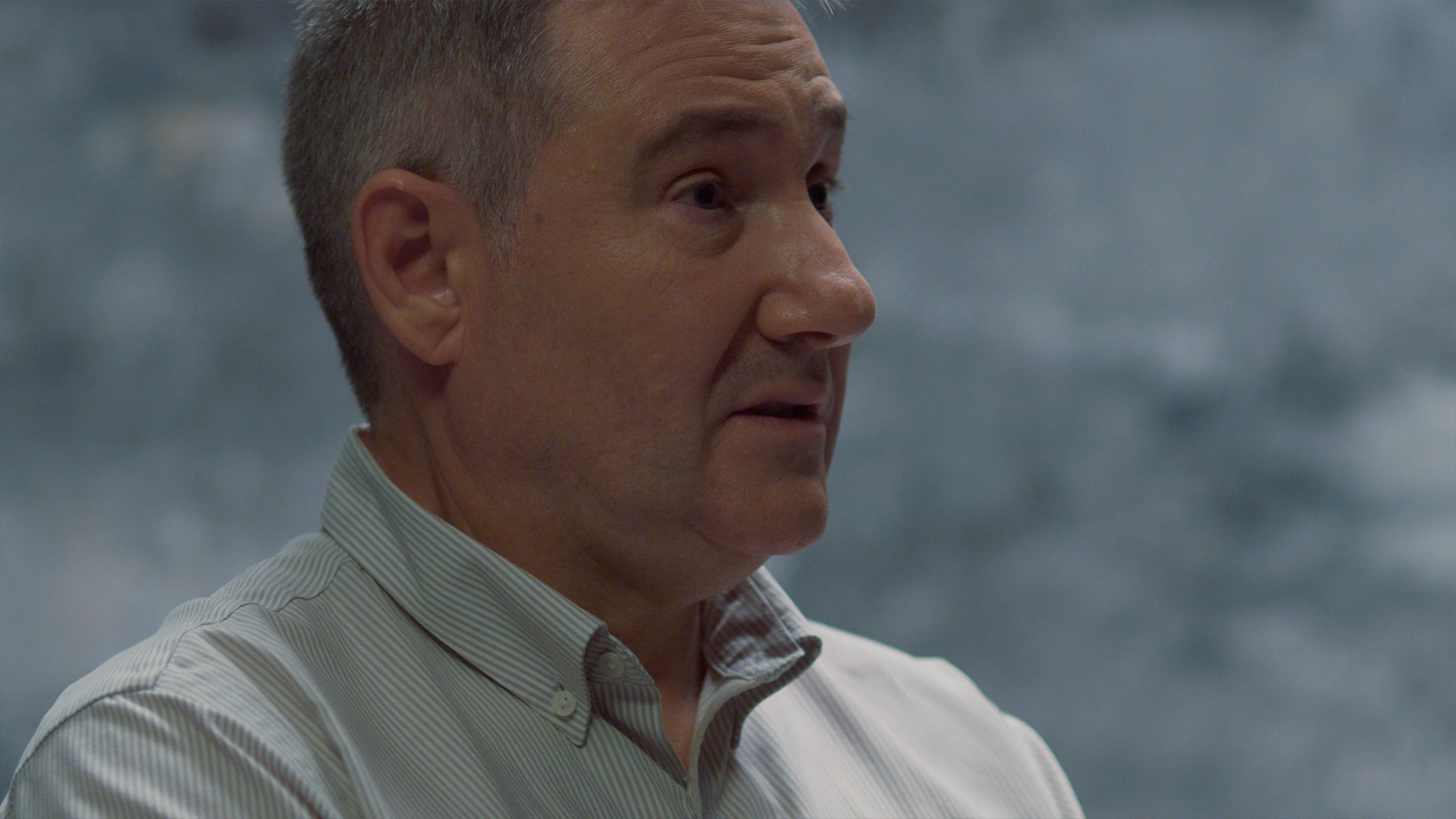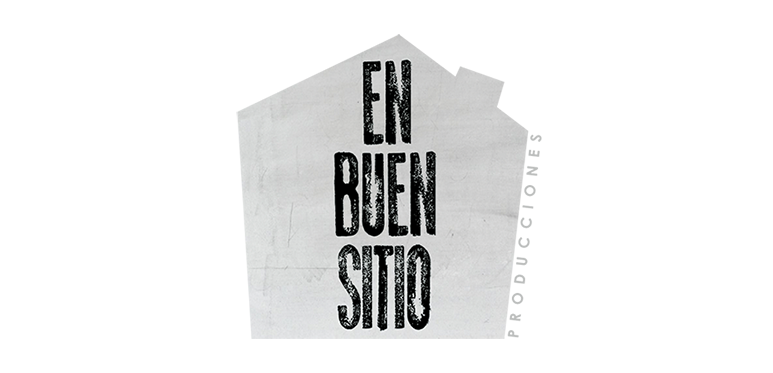Navarra inmaterial – Nafarroa inmateriala
Credits ↴
Book ↴
® All rights reserved 2021
Navarra inmaterial – Nafarroa inmateriala
Credits ↴
Book ↴
® All rights reserved 2025
Leyenda de Juan Lobo
Juan Loboren Kondaira
Juan LObo Legend
CAST
|
EUS
|
ENG
Ritos
Narrativa
Erritu
Narratiba
Rites
Narrative
Torralba del Río
Pedro María García Lasheras
Pedro María García Lasheras
Torralba del Río
Pedro María García Lasheras
Pedro María García Lasheras
Torralba del Río
Pedro María García Lasheras
Pedro María García Lasheras
“Para Torralba del Río y para la Cofradía de San Juan es un patrimonio fundamental basado en un hecho real e histórico del siglo XVI, estudiado entre otros por Fernando Bujanda y Juan de Amians”.
Tras la anexión de Navarra a la corona de Castilla, las guerras y desorganización del Reino navarro fue aprovechado por bandoleros que asolaron tierras de Berrueza y Aguilar. Cuenta la leyenda que fueron los vecinos de Torralba del Río, Mirafuentes y Otiñano quienes, cansados de ver saqueadas sus haciendas, buscaron al ladrón Juan Lobo y lo mataron de una lanzada. Al regresar al pueblo, la cuadrilla comprobó que no había sufrido ninguna baja, por lo que comenzaron a bailar, origen del ‘Baile de la balsa’.
El día de San Juan, 24 de junio, se escenifica la captura en un ritual organizado por la Cofradía de San Juan. Como dicta la tradición, los cofrades atraparán al bandolero y lo ajusticiarán en la plaza. Su muerte tiene un significado simbólico: los vecinos tratan de hacer desaparecer los peligros y males que acechan a la localidad.
“Torralba del Ríorentzat eta San Juan kofradiarentzat funtsezko ondarea da, XVI. mendeko benetako gertakari historiko batean oinarritua dagoena, eta, besteak beste, Fernando Bujandak eta Juan de Amiansek ikertu dutena”.
1513an Nafarroa Gaztelako koroan anexionatu eta gero, Nafarroako erresumak jasan zituen gerrak eta desantolaketaz baliatuta bidelapurrek Berrotza eta Aguilarreko lurrak erraustu zituzten. Kondairak dioenez, Torralba del Río, Mirafuentes eta Otiñanoko bizilagunek, euren etxaldeak arpilaturik ikusteaz nekatuta, Juan Lobo lapurra bilatu eta lantzakada batez hil zuten. Herrira itzultzean, koadrilak egiaztatu zuen ez zuela bajarik jasan, eta dantzan hasi ziren. Hori da ‘Balsako dantzaren’ jatorria.
San Joan egunean, ekainaren 24an, San Juan kofradiak antolatutako erritual batean harrapaketa irudikatzen da. Tradizioari jarraiki, kofradiakideek bidelapurra harrapatu eta plazan hiltzen dute. Exekuzioak esanahi sinbolikoa du: auzokideak herriak pairatzen dituen arrisku eta gaitzak desagerrarazten saiatzen dira.
“For Torralba del Río and the San Juan Confraternity the legend is an essential heritage based on a real and historical event from the 16th century, studied among others by Fernando Bujanda and Juan de Amians.”
After the annexation of Navarre to the crown of Castile, bandits ravaged the lands of Berrueza and Aguilar, taking advantage of the wars and the chaos in the kingdom of Navarre. According to the legend, residents of Torralba del Río, Mirafuentes and Otiñano, fed up with the constant looting of their properties, found the robber Juan Lobo and killed him with a spear. When the group came back to town, they realized they had no casualties and started dancing, originating the “Baile de la balsa.”
On St. John's Day, June 24, the capture is staged in a ritual organised by the San Juan Confraternity. Following the tradition, the brothers catch the bandit and execute him in the square. His death has a symbolic meaning: residents try to make disappear all the dangers and misfortunes looming over their town.
Ver detalles:

1
2




